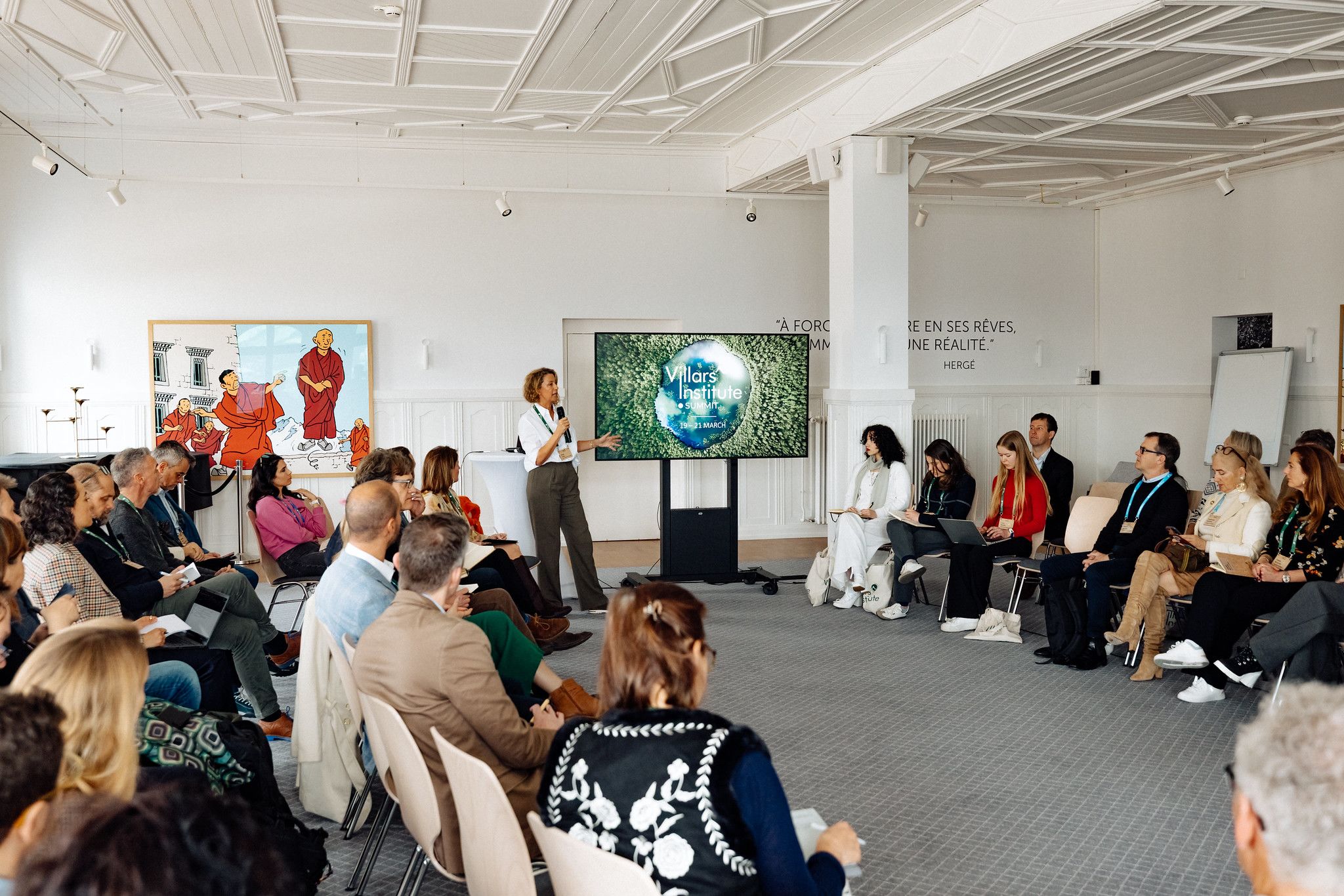Ideas from the Speakers
There is a bias that human-made solutions are superior to those created by nature. But we must remember that we are nature ourselves. Nature is beneficial and essential to integrate into business, and efforts have been made to communicate this in the past. However, we need to broaden the reach of this message.
An expert spoke of the importance of restoration while emphasizing that conservation is the crucial starting point. One restoration technique involves planting structural species first, followed by the introduction of other species to enhance biodiversity. The expert reported on the results of a project in New Zealand that far exceeded expectations. Another speaker mentioned a geospatial intelligence company that achieved remarkable results by extracting information from satellite pictures from space, successfully mapping 40,000 hectares of the Amazon. In addition, as a high concentration of palm trees was found, the speaker underscored the significance of palm oil in many industry sectors.
Affordable and operable technology is needed to reach these dense places. One recommendation is empowering local communities and including them in carbon projects, since technology is not sufficient to finance the infrastructure the communities require. What it can do is examine the Amazon at specific levels and help increase biodiversity and carbon assimilation.
A speaker pointed to the successful deployment of nature-based solutions in the United States, Germany, and Australia, including products used to clean up toxic materials in soil and water. The example of a former chemical manufacturing site, likely contaminated, highlighted the use of these products, particularly in areas near housing where the hazardous chemicals might have leaked. The challenge with nature-based solutions is that, although it is relatively easy to secure funding in the early stages, developing a viable solution takes a long time, causing the funding to run out before progress is made. Loans and subsidies are possible solutions.
Insights from the Audience
Groups discussed accelerating systemic change towards nature-based solutions through three perspectives: strategic restoration, increased financing, and fostering a cultural shift. There was consensus on the need for collaboration between sectors, such as finance, government, and civil society. One group of participants highlighted the significance of a strategic restoration of nature. They discussed the role of maps to minimize unintended consequences and raised questions about the time frame for the restoration. The importance of planting native species during restoration was emphasized, with the vision for the future focused on restoring historical biodiversity. The lack of infrastructure and development for restoration projects and startups was identified as a potential challenge for the strategic restoration of nature.
Another group discussed financing to expand nature-based solutions. They expressed concerns about the lack of communication between public and private investors and stressed the importance of having a shared language for valuing assets. The idea of subsidies was introduced in relation to the potential health benefits for the public provided by nature-based solutions.
To create a profitable nature-based solution, it is essential to understand the current dynamics between supply and demand. The conversation shifted to whether rewarding effective reformers and penalizing ineffective ones would help increase nature-based solutions. Additionally, participants debated shifting society’s perspective on nature-based solutions, as they are currently seen as inferior to man-made alternatives. The need for a critical approach to nature-based solutions was emphasized. To change society’s view of these solutions, data is a powerful tool that should be integrated into storytelling. Depending on the audience, it is crucial to adapt the narrative to resonate with their emotions and make an impact. Words can serve as triggers for change.







